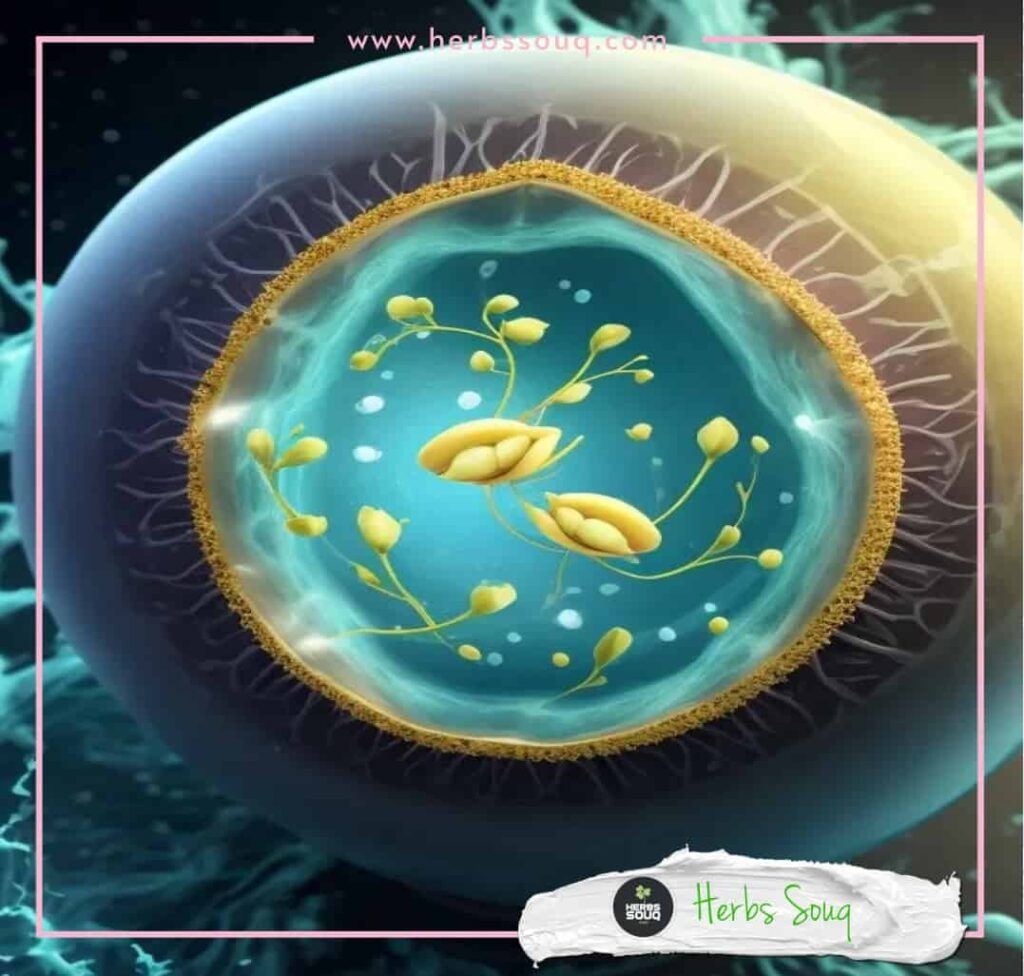**Enhancing Fertility Naturally: Unveiling the Power of Herbs
If you’re looking into which herb boosts fertility?, you’ve likely pondered which herbs can play a role in this quest. In this article, we’ll delve into several herbs recognized for their potential to boost fertility.
*Advice: Furthermore, it’s important to note that while herbs may bring benefits, it’s wise to seek guidance from a healthcare professional before integrating them into your fertility journey.
The eight herbs of wonders
- Maca Root: A Natural Fertility Aid
Maca root, hailing from the high Andes of Peru, is a cruciferous vegetable renowned for its potential to improve fertility. Furthermore, studies suggest that maca root can enhance sperm quality, increase libido, and regulate women’s menstrual cycles.1
- Vitex Agnus-Castus (Chasteberry): Hormone Balancer
Vitex agnus-castus, commonly known as chasteberry or vitex, is revered for its ability to balance hormones in women. Besides, it is particularly helpful for regulating menstrual cycles, making it valuable for conditions like polycystic ovary syndrome (PCOS).2
- Red Raspberry Leaf: Uterine Strengthener
Scientists believe that Red raspberry leaf, a well-known herb, fortifies the uterus and promotes fertility in women. Moreover, its potential to support a healthy uterine lining makes it an herb of choice for women trying to conceive.3
*Note: If you are seeking natural herb to boost fertility, you can explore a wide range of products available in our Herbs Souq shop. Click Here.
- Tribulus Terrestris: Aiding Male Fertility
Tribulus terrestris, commonly referred to as puncture vine. Researchers believe that it enhances male fertility by potentially increasing testosterone levels, improving sperm quality, and boosting libido. However, its effectiveness for fertility requires more research.4
- Dong Quai: Aiding Women’s Reproductive Health
Dong quai, a traditional Chinese herb, regulates menstrual cycles, reduces menstrual pain, and promotes overall fertility. Often, people use it in combination with other herbs to enhance its effects.5
- Black Cohosh: A Menopause Ally
Black cohosh is a herb with high value for its ability to alleviate menopausal symptoms. Further, Some women use it to regulate menstrual cycles and support fertility. Nevertheless, its efficacy in enhancing fertility needs further investigation.6
- Shatavari: Ayurvedic Fertility Support
Science also considers Shatavari, an Ayurvedic herb, to enhance female fertility by balancing hormones, supporting the female reproductive system, and improving cervical mucus quality.7
- False Unicorn Root: A Traditional Fertility Aid
False unicorn root is a traditional herb used to regulate menstrual cycles and promote fertility. However, its scientific backing remains limited.8
Conclusion
Finally, on the path to boosting fertility, many individuals and couples often resort to natural remedies like herbs. Although we’ve explored herbs with historical fertility-supporting uses, it’s crucial to approach them with care. Correspondingly, before you integrate any herbs into your fertility journey, make sure to consult a healthcare professional or fertility specialist. Furthermore, numerous factors influence fertility, including genetics, overall health, and lifestyle choices. It’s important to recognize that herbs are meant to complement, not guarantee, solutions.
To maximize your chances of achieving your family expansion goals, adopting a holistic approach to fertility is key. This encompasses maintaining a balanced diet, engaging in regular exercise, managing stress, and seeking medical guidance when necessary. That is answer to the question which herb boosts fertility?
Sources
- Gonzales, G. F., et al. (2001). Effect of Maca on sexual desire and its relationship with serum testosterone levels in healthy men. Andrologia, 34(6), 367-372. ↩︎
- Halaska, M., et al. (2013). The effect of Vitex agnus-castus extract on the follicular phase of the menstrual cycle. Ceska Gynekologie, 78(5), 454-460. ↩︎
- Javan, R., et al. (2014). An exploratory study of the use of red raspberry leaf in pregnancy. Complementary Therapies in Clinical Practice, 20(4), 272-275. ↩︎
- Roaiah, M. F., et al. (2016). Pilot study on the effect of botanical medicine (Tribulus terrestris) on serum testosterone level and erectile function in aging males with partial androgen deficiency (PADAM). Journal of Sex & Marital Therapy, 42(4), 297-301. ↩︎
- Ye, L., et al. (2016). Dong quai, the female ginseng, did not show significant estrogenic activity in mice. Oncotarget, 7(4), 3884-3891. ↩︎
- Osmers, R., et al. (2005). Efficacy and safety of isopropanolic black cohosh extract for climacteric symptoms. Obstetrics & Gynecology, 105(5 Pt 1), 1074-1083. ↩︎
- Yadav, N., et al. (2010). Comparative study of phytochemicals and antioxidant activity in wild and cultivated varieties of Asparagus racemosus Willd. Natural Product Research, 24(8), 682-691. ↩︎
- Malini, T., et al. (2013). Evaluation of aphrodisiac activity of Chamaelirium luteum. Journal of Natural Science, Biology, and Medicine, 4(2), 323-328.
↩︎





